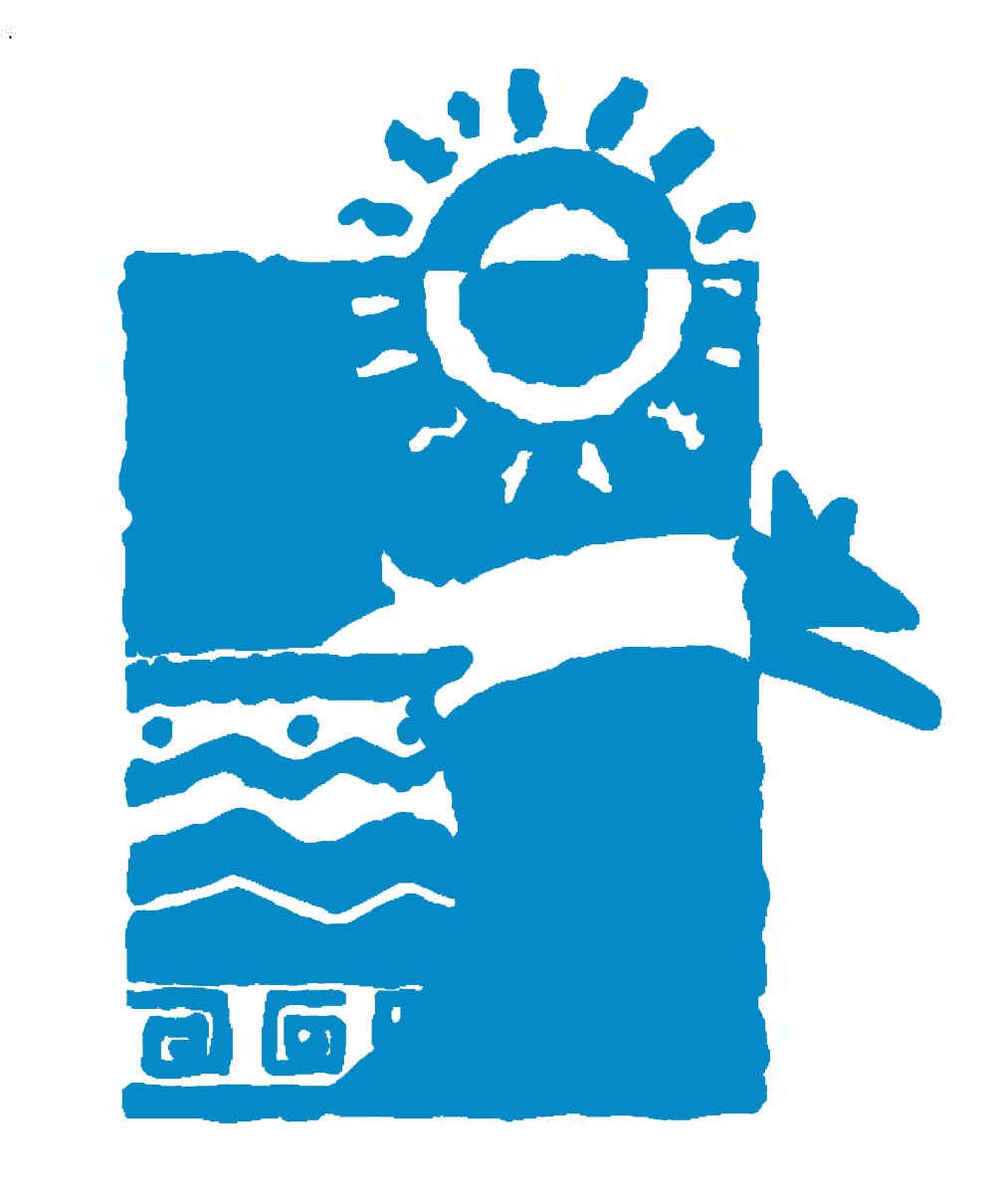 [Source: Arizona Republic, Jim Walsh, 1-27-2010] — Apache Junction officials are so worried about economic fallout from the planned closure of Lost Dutchman State Park that they are considering annexing the iconic landmark. Apache Junction economic development director Steve Filipowicz said city officials are studying whether annexation would be feasible and whether it would make sense financially. Annexing the park could keep it open and preserve the estimated $4 million in economic impact the park provides from tourism.
[Source: Arizona Republic, Jim Walsh, 1-27-2010] — Apache Junction officials are so worried about economic fallout from the planned closure of Lost Dutchman State Park that they are considering annexing the iconic landmark. Apache Junction economic development director Steve Filipowicz said city officials are studying whether annexation would be feasible and whether it would make sense financially. Annexing the park could keep it open and preserve the estimated $4 million in economic impact the park provides from tourism.
At minimum, annexation would serve as a justification for city police officers to patrol the park to discourage vandalism, Filipowicz said. The move comes as cities, towns, counties and community groups from Flagstaff to Tubac are contemplating measures that would have been unthinkable only a few short years ago as they struggle to preserve some of Arizona’s natural and historic treasures in the face of deep budget cuts. Reacting to the Legislature’s decision in December to cut $8.6 million from the state parks budget, the Arizona State Parks Board voted earlier this month to take the unprecedented step of closing 21 of the 30 parks in the state system. [Note: To read the full article, click here.]

 [Source: Yuma Sun.com, Jesse Torres, 1-24-2010] — It was with great sadness I read that the Yuma Territorial Prison State Historic Park will be closing. A brief history, if I may. The Arizona Territorial Prison at Yuma operated for 33 years. It was open from July 1876 to September 1909. During this time, 3,069 convicts were housed in this institution, of which 29 convicts happened to be female. A total of 111 prisoners met their death due to consumption, murder, being shot while trying to escape and accidents. The remains of 104 are buried in the prison cemetery.
[Source: Yuma Sun.com, Jesse Torres, 1-24-2010] — It was with great sadness I read that the Yuma Territorial Prison State Historic Park will be closing. A brief history, if I may. The Arizona Territorial Prison at Yuma operated for 33 years. It was open from July 1876 to September 1909. During this time, 3,069 convicts were housed in this institution, of which 29 convicts happened to be female. A total of 111 prisoners met their death due to consumption, murder, being shot while trying to escape and accidents. The remains of 104 are buried in the prison cemetery. [Source: Arizona Daily Star, Doug Kreutz, 1-24-2010] — Wildflower lovers might want to plan a farewell visit to Picacho Peak State Park this spring — even if it’s not a banner year for blooms. The park, a mecca for fans of wildflower color, is scheduled to close June 3 — and officials don’t know. “Voting to close these parks was one of the hardest moments of my life,” said Reese Woodling, a Tucson resident and chairman of the Arizona State Parks Board. “I love Arizona and I love our parks. To see this happening just makes me sick to my stomach.” When, or if, it will reopen.
[Source: Arizona Daily Star, Doug Kreutz, 1-24-2010] — Wildflower lovers might want to plan a farewell visit to Picacho Peak State Park this spring — even if it’s not a banner year for blooms. The park, a mecca for fans of wildflower color, is scheduled to close June 3 — and officials don’t know. “Voting to close these parks was one of the hardest moments of my life,” said Reese Woodling, a Tucson resident and chairman of the Arizona State Parks Board. “I love Arizona and I love our parks. To see this happening just makes me sick to my stomach.” When, or if, it will reopen. [Source: Florence Reminder, Bonnie Bariola 1-21-2010] — Of the five Arizona State Parks located in Pinal County, only one is slated to remain open. The reason being that in 1976 the Arizona State Parks Board entered into an agreement with the Boyce Thompson Arboretum Board and the University of Arizona to cooperatively manage the park. All funding for the Arboretum from the Arizona State Parks Board will stop, leaving the Arboretum to be funded through the University of Arizona and the Boyce Thompson Foundation.
[Source: Florence Reminder, Bonnie Bariola 1-21-2010] — Of the five Arizona State Parks located in Pinal County, only one is slated to remain open. The reason being that in 1976 the Arizona State Parks Board entered into an agreement with the Boyce Thompson Arboretum Board and the University of Arizona to cooperatively manage the park. All funding for the Arboretum from the Arizona State Parks Board will stop, leaving the Arboretum to be funded through the University of Arizona and the Boyce Thompson Foundation.